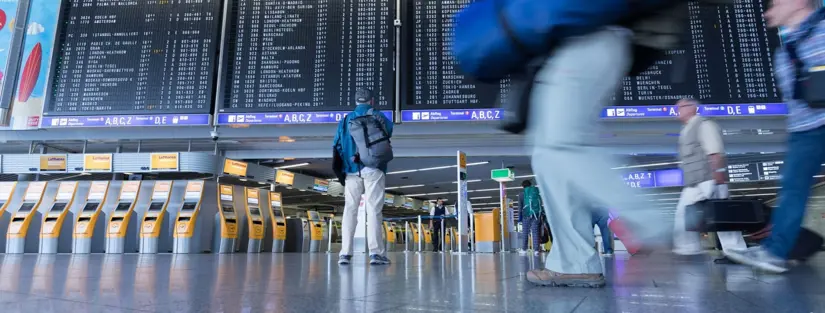From Brussels to Cairo, Istanbul to Shanghai, a spate of terrorist attacks on airports in recent years has focussed attention on the evolving risks passengers face – and highlighted the pressing need to enhance “landside” security in airports’ public spaces.
Airports currently prioritise “airside” security, or the area accessible only to airport staff and passengers with boarding cards. A number of recent airport attacks, including that at Brussels Airport, have struck at “landside” however; the airport areas open to the general public.
This throws up a number of fresh aviation security challenges: not least how to balance the need for airports to remain safe in the face of unconventional threats, with their role as gateways that need to remain open; airports should not be turned into fortresses.
This topic dominated recent aviation security events, such as the 25th AVSEC World Conference in Kuala Lumpur. Several areas of discussion stood out, not least the need for airport operators to build stronger relationships with national regulators.
Collaboration with local or national authorities responsible for security of landside spaces is crucial; in many instances airports own the real estate landside, but the responsibility for public spaces lies with local law enforcement.
There is also real scope for improved mechanisms to share threat information between security cleared airport staff and national security authorities; defining responsibilities and procedures for risk reduction in these semi-public spaces through regular communication, intelligence sharing and improved all-round collaboration.
Shifting Security Measures
Simply moving security inspection checkpoints to airport entrances shifts the risk – and is likely to cause large and potentially vulnerable crowds in public spaces outside the airport. Airports instead need to implement a layered, sophisticated approach to security that allows the routes to airports to become part of the security solution.
Technologies are available to screen vehicles and people as they approach airports. This boundary screening can both provide a significant deterrence and additional threat detection screen. Random screening and spot checks landside in airports meanwhile provide additional security layers and may prove more effective than permanent infrastructure.
Infrastructure and airport design features to mitigate the threat from attack should also increasingly be integrated in airport design. These can include: blast proofing; the use of materials to minimize damage such as shatterproof glass; bollards, flowerpots and other structures to prevent drive-in attacks.

